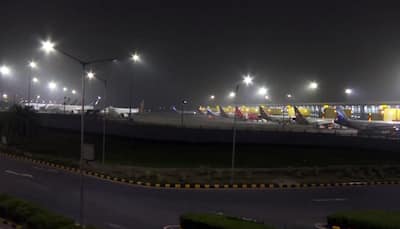New Delhi: The Aam Aadmi Party’s (AAP) performance in the Delhi elections has drawn a clear picture of its remaining strongholds. Of the 22 constituencies it won, 14 are dominated by Dalits and Muslims, reinforcing the party’s appeal among marginalized and economically weaker sections of the population. Despite a reduced seat count, AAP managed to secure nearly 44% of the vote share, signaling that its core support base remains intact.
AAP’s hold over Scheduled Caste (SC)-reserved constituencies was evident, winning 8 out of the 12 designated seats. The BJP, despite fielding 14 Dalit candidates, secured only four SC-reserved seats, reflecting AAP’s deeper outreach among Dalit voters.
Similarly, in Muslim-majority constituencies, AAP emerged as the dominant choice. It secured six out of the seven seats where Muslim votes play a decisive role. Constituencies such as Matia Mahal, Okhla, Babarpur, Chandni Chowk, Ballimaran, Seelampur, and Mustafabad saw intense battles, with AAP losing only Mustafabad to the BJP. The loss in Mustafabad was largely attributed to AIMIM’s Tahir Hussain, accused in the 2020 Delhi riots, who split the opposition vote by securing 33,474 votes—helping the BJP’s Mohan Singh Bisht win by a margin of 17,578 votes.
AAP’s victories were concentrated in Central, Northeast, and South Delhi, while it faced near-total wipeout in West and North Delhi. The party retained a strong presence in key urban and lower-income pockets but struggled in more affluent or BJP-dominated areas.
In Central Delhi, AAP won constituencies such as Patel Nagar, Karol Bagh, Sadar Bazar, Ballimaran, Matia Mahal, and Chandni Chowk. Northeast and East Delhi saw wins in Seelampur, Babarpur, Gokalpur, Seemapuri, and Kondli. South Delhi remained a stronghold with victories in Kalkaji, Okhla, Tughlaqabad, Badarpur, Deoli, and Ambedkar Nagar. However, in West Delhi, the party managed to win only Tilak Nagar and Delhi Cantonment, and in North Delhi, it was reduced to just Sultanpur Majra, Burari, and Kirari.
The election results reaffirm that AAP continues to command the trust of the poor, particularly Dalits, Muslims, and the working class. The 44% vote share suggests that the party’s welfare-driven governance—marked by free electricity, water, bus rides for women, and improved public schools and hospitals—remains a crucial factor in voter loyalty.
However, the geographical limits of AAP’s victories highlight its struggle to expand beyond its traditional base. While the party has retained its grip over lower-income groups, its inability to penetrate BJP-dominated areas signals a challenge ahead. As the political landscape shifts, AAP will need to recalibrate its strategy to stay relevant beyond its strongholds.
Stay informed on all the , real-time updates, and follow all the important headlines in and on Zee News.










